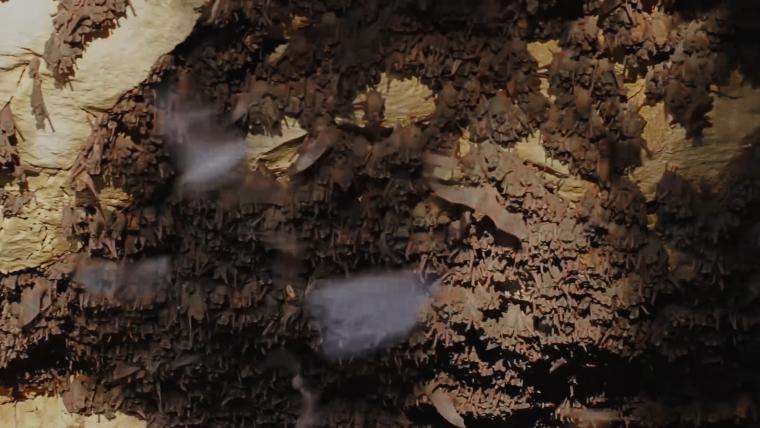
The Bracken Cave batnado is real. Here’s how you can experience it
There are many wild things in Texas. But none as spectacular as the ‘batnado’, which is exactly what it sounds like – a tornado of bats. Twenty million Mexican free-tailed bats hurtle at speeds of 95 kilometres per hour in their search for food, swirling in perfect unison and using echolocation to avoid airborne collisions as they hunt. The phenomenon can be witnessed at the Bracken Cave Preserve, a 590-hectare piece of protected land on which a natural cave plays host to the largest urban bat colony in the world.
Of the 33 species of bat found in Texas and protected by state law, Mexican free-tailed bats are the most common. They are named after the country they spend their winters in, only migrating to Texas in the warmer, early spring months. High temperatures and humidity are vital to birth their young, and very few places fit the bill. Bracken Cave is one of them – its insulation and stable temperature makes it the perfect nursery. A colony of close to 10 million female bats move in annually and birth one pup each, doubling an already impressive population.
But growing bat colonies across Texas are in competition with rapid urbanisation. In 2013, developers planned to build hundreds of houses near Bracken Cave, directly in the bats’ flight path. The mammal’s eyes are adapted to low-light conditions, and an increase in artificial lighting would leave them stunned and disorientated. They thrive in dark spaces, a trait that has tarnished their reputation and characterised them as sinister beasts. In the past, people who misunderstood bats set fire to caves in an attempt to kill them. To ensure the site of the batnado does not meet the same fate and remains unharmed by human development, Bracken Cave Preserve is under the protection of Bat Conservation International. For decades, they have been working alongside The Nature Conservancy to purchase additional land around the cave, creating a buffer area that gives Mexican free-tailed bats the opportunity to fly, hunt, and breed without interference.
In addition to guarding the species, the organisation offers the public the opportunity to visit Bracken Cave Preserve through guided tours or witness the natural phenomenon with VR technology. Seeing Mexican free-tailed bats in all their splendour can play a vital role in recognising their value and fostering respect for them. As adult bats head toward their cave in the evenings and form their famed vortex, they consume over 140 tonnes of insects. The sizable feast enables them to better feed their young, but it’s a boon for us too. If it weren't for the cauldron of bats, bugs would prevail over the region. In particular, they feed on pests that plague cotton growers – saving local farmers thousands of dollars that would otherwise be spent on pesticides. Allowing the species to thrive in their natural habitat is undoubtedly a win-win situation.
Footage by Bat Conservation International was used in the creation of this film.
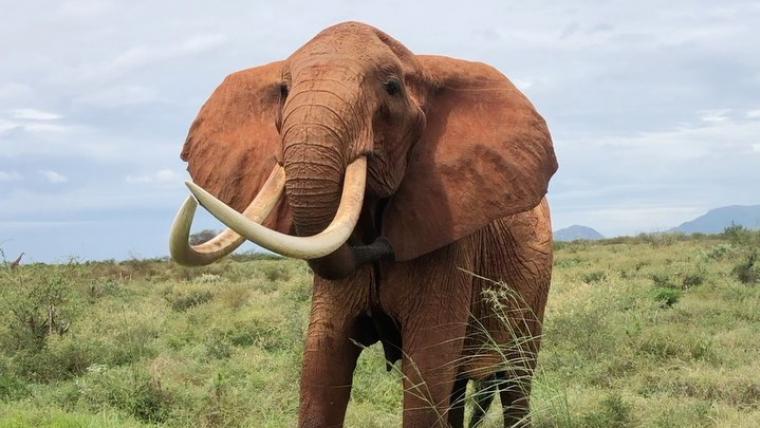
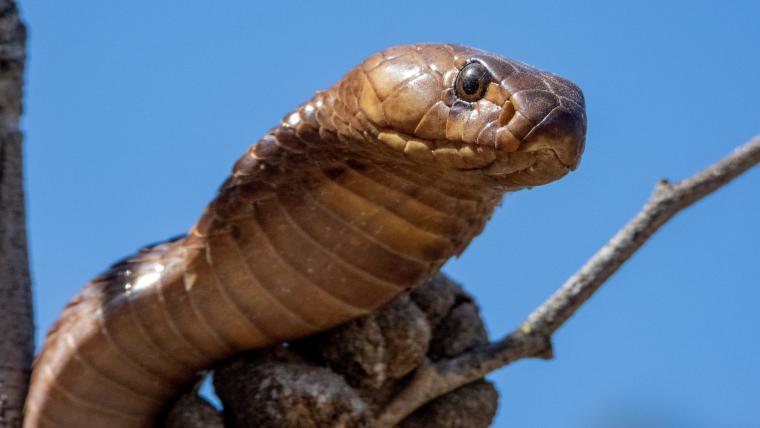

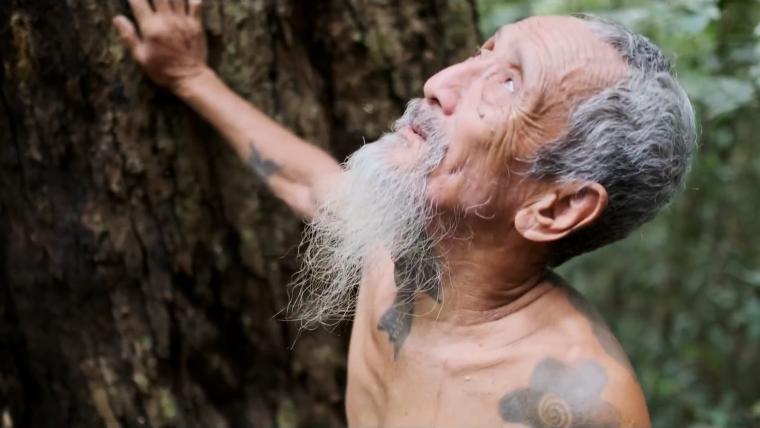

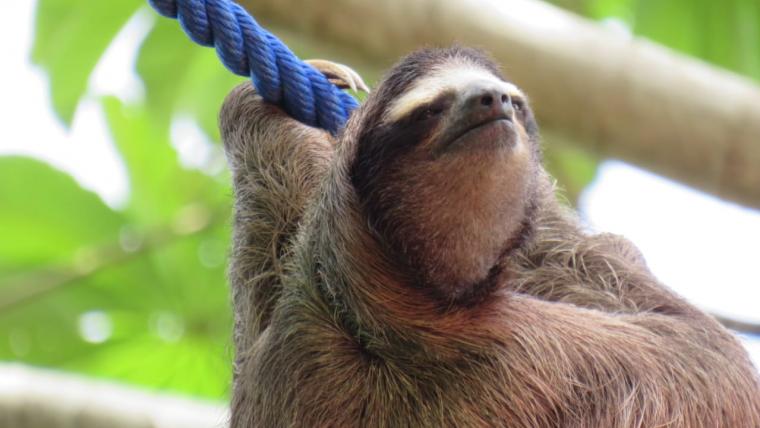
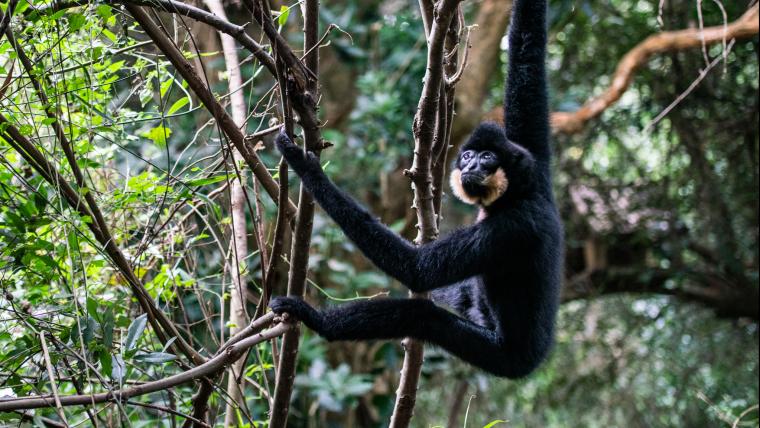

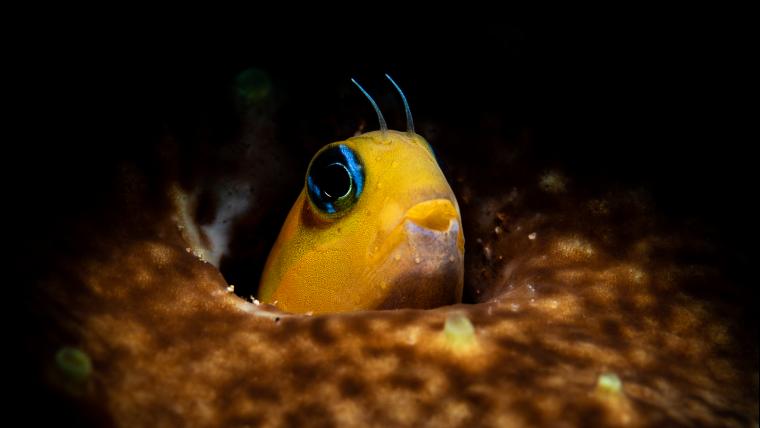
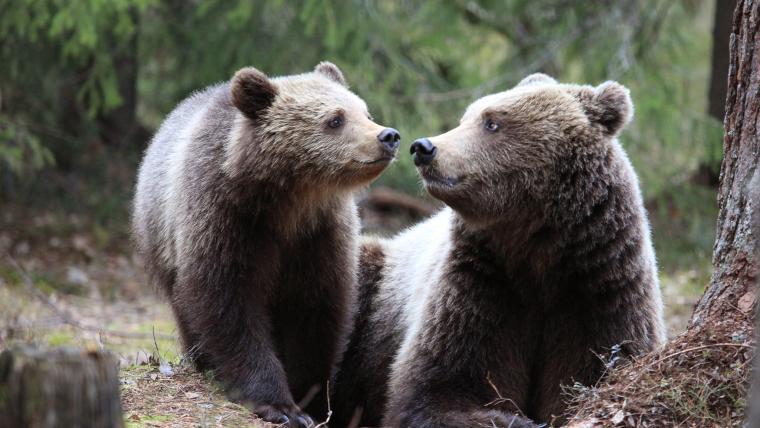




















Please sign in to leave a comment